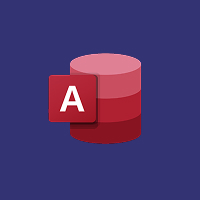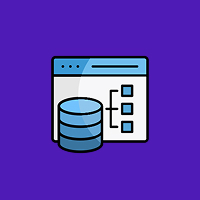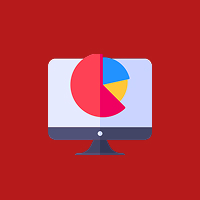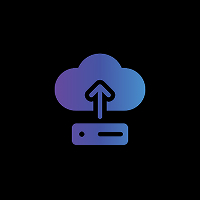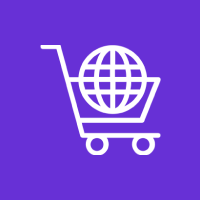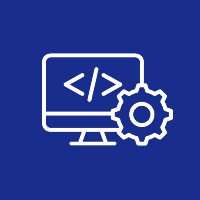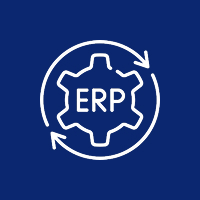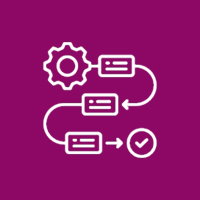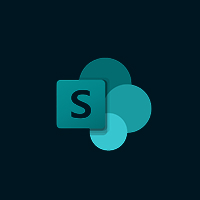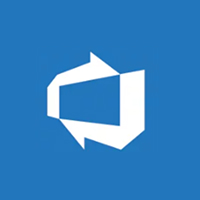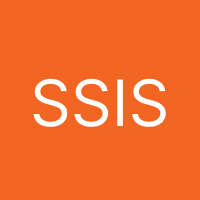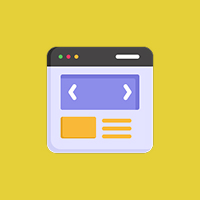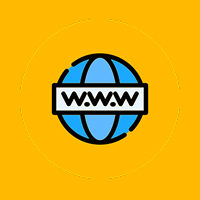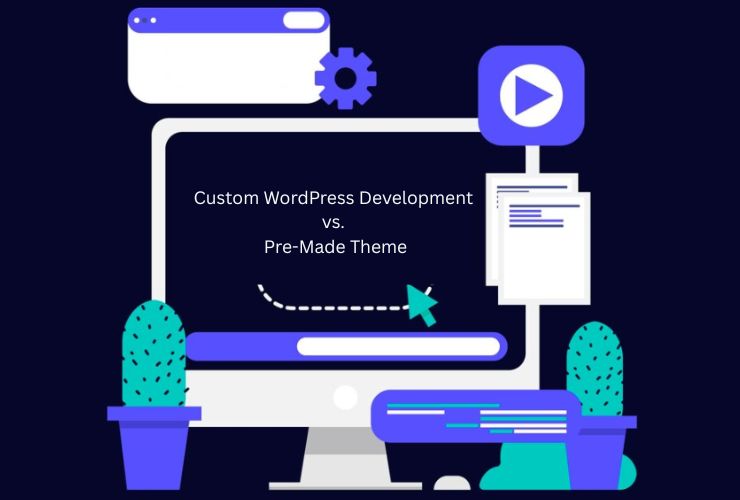With the ever-changing landscape of software development today, it is important to select the right framework to use in developing Windows applications to deliver scalable, high-performance, and user-friendly solutions. Whether developing desktop software, enterprise applications, or cross-platform apps, your choice of framework can have a direct impact on the functionality, performance, and maintainability of your app.
In this blog, we are going to cover some of the leading frameworks for developing Windows applications with their particular characteristics, strengths, and uses.
1.NET (Windows Presentation Foundation – WPF & WinForms)
Suitable for: Business applications, enterprise apps, and desktop software
Languages: VB.NET, C#
The most widely used framework for developing Windows applications is.NET. It offers two core UI frameworks:
Windows Presentation Foundation (WPF): Recommended for apps requiring complex UI, rich graphics, and smooth animations. WPF uses XAML and the MVVM pattern with tidy separation of concerns.
Windows Forms (WinForms): Light and easy-to-use UI framework for speedy and efficient development of classic desktop applications.
Why Choose.NET?
- Native Windows OS support with intimate integration
- Rich UI controls and extensibility
- Fast rendering performance, especially with WPF’s DirectX integration
- Good community support and frequent Microsoft updates
Best Use Cases: Cross-device Windows apps, Windows Store apps.
2. Universal Windows Platform (UWP)
Best for: Cross-device Windows apps, Windows Store apps
Languages: C#, XAML, JavaScript
UWP is designed to allow developers to create applications that run seamlessly across various Windows 10 and 11 devices, including desktops, tablets, smartphones, Xbox, and even HoloLens. UWP apps deliver a modern UI experience and get along nicely with Windows services.
Why Use UWP?
- Designed for modern Windows UI and hardware
- Simple distribution through the Microsoft Store
- Secure sandboxing of apps and improved performance
- Native touch, stylus, and voice input support
Best Use Cases: Media streaming applications, file managers, modern productivity applications, and games.
3. Electron
Best suited for: Cross-platform desktop apps, web applications
Languages: JavaScript, HTML, CSS
Electron is an open-source software that allows one to create cross-platform desktop applications using web technology. Using Electron, web developers can take advantage of familiar web languages to build applications that work on Windows, macOS, and Linux.
Why Use Electron?
- Cross-platform compatibility based on a single codebase
- Rides web technologies (JavaScript, HTML, CSS)
- Levers on a monstrous ecosystem of web libraries and frameworks
- Great for rapid development and deployment
Best Use Cases: Chat apps, code editors like VS Code, light productivity tools, and streaming apps.
4.NET MAUI (.NET Multi-platform App UI)
Best for: Cross-platform apps, desktop and mobile app development
Languages: C#, XAML
.NET MAUI is the future of Xamarin.Forms, providing one way to develop cross-platform applications for Windows, macOS, Android, and iOS from a unified codebase.
Why to Use.NET MAUI?
- Single development for many platforms
- Full integration with the world of.NET
- State-of-the-art UI/UX trends for high-end user experiences
- Lightning-fast with native compilation
Ideal Use Cases: Business software, finance software, inventory management software, and medical apps.
5. Qt for Windows
Ideal for: Performance-intensive apps, C++ apps
Programming Languages: C++, QML
Qt is an extremely trustworthy framework widely adopted for performance-intensive applications, especially in fields such as gaming, automotive, and embedded systems. Qt allows one to accomplish native Windows development alongside cross-platform deployment.
Why to use Qt?
- Low resource consumption with high performance
- Cross-platform development, including Windows, macOS, and Linux
- UI rendering at high-end using OpenGL
- Multimedia, networking, and graphics libraries are large
Best Use Cases: Game development, real-time applications, medical software, and industrial control systems.
6. Avalonia
Best for: Cross-platform desktop applications
Languages: C#, XAML
Avalonia is a new, open-source WPF-based UI framework, optimized for building high-performance applications that can run on Windows, macOS, and Linux. It offers a developer-focused environment with rich UI controls.
Why Use Avalonia?
- Open-source and updated regularly
- Cross-platform support with a desktop app focus
- Support for rich UI controls and themes such as WPF
- Lightweight and easy to integrate into existing.NET projects
Best Use Cases: Media players, engineering software, CAD tools, and administrative dashboards.
Conclusion
Selecting the right framework for Windows app development depends on the specific needs of your project.
- If you’re creating enterprise-grade software or performance-critical apps,.NET (WPF or WinForms) is an excellent option.
- If you’re in need of cross-device applications with a high-gloss UI, UWP is an excellent choice.
- If you want cross-platform capabilities using web technologies, Electron is an excellent option.
- Developers looking for one cross-platform framework will appreciate .NET MAUI.
- Projects that require C++ for performance will appreciate Qt.
- Developers looking for an open-source WPF-like experience may want to experiment with Avalonia.
With the right framework, you can ensure that your Windows applications are scalable, maintainable, and performance-tuned for a host of devices. Whether your application scenario is for consumption or accomplishing a task, with the right tools in hand, you can build solid and future-resistant applications.
Contact Us Today
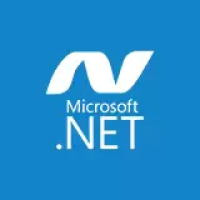


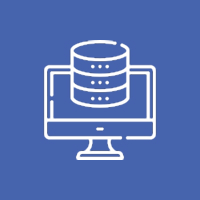


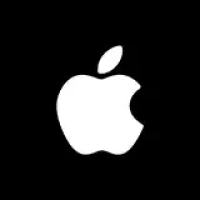

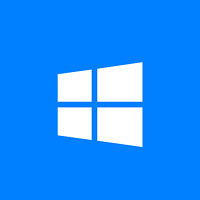
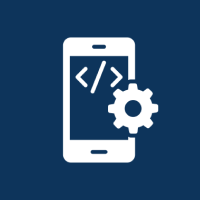
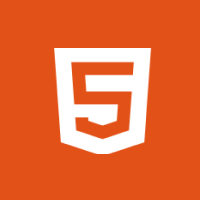


 Database Development
Database Development




